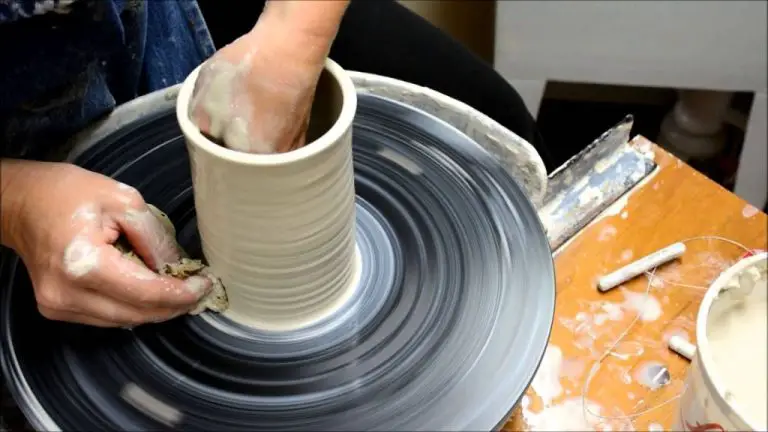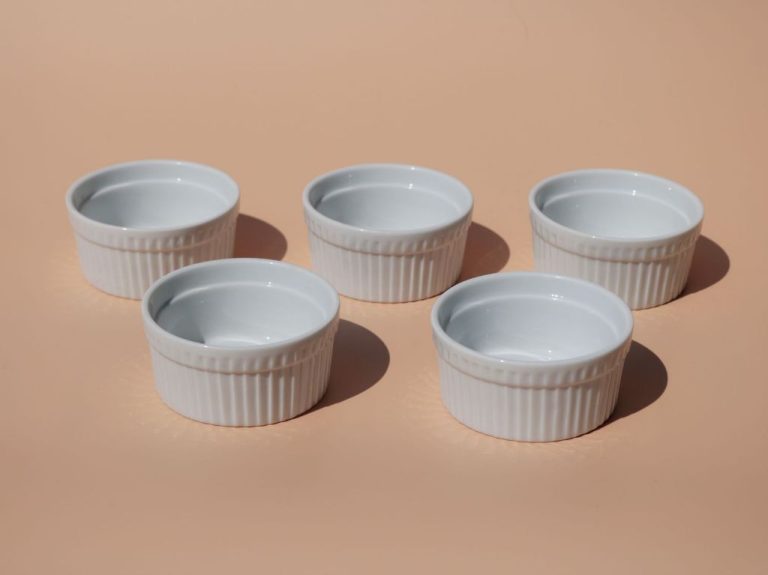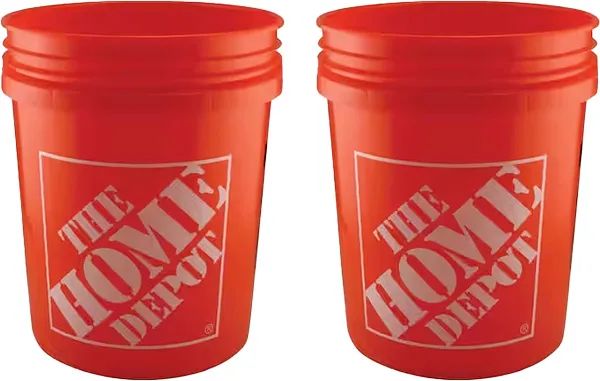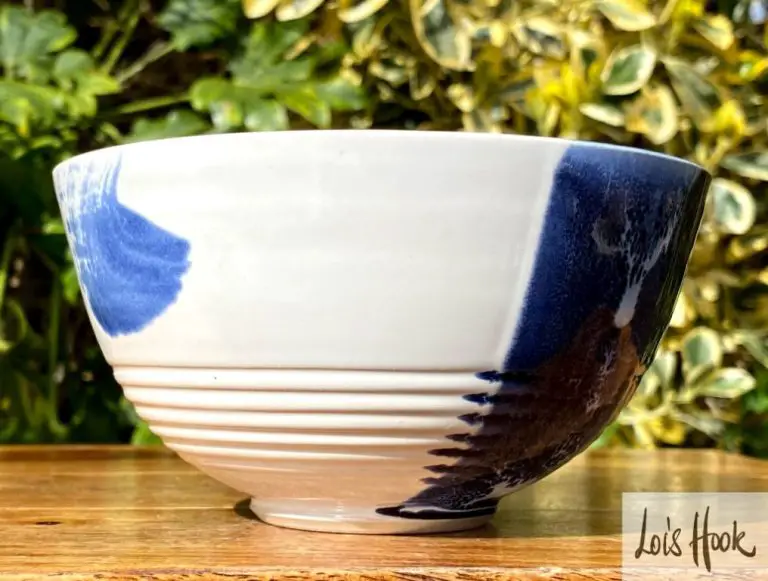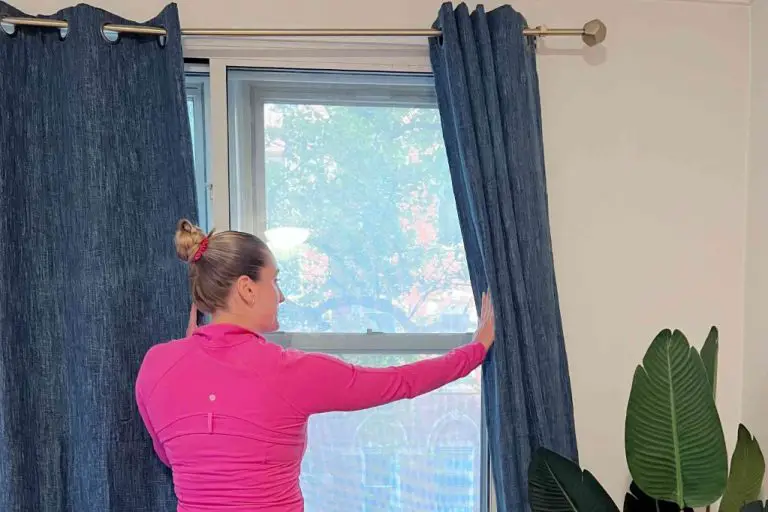Did The Navajo Have Pottery?
Pottery has long played an integral role in the culture and daily lives of the Navajo people. The Navajo are a Native American tribe originating in the American Southwest, with a recorded history going back over 1,000 years. They traditionally lived a semi-nomadic lifestyle, hunting game and growing crops like corn, beans, and squash. Over the centuries, the Navajo developed a rich cultural tradition revolving around spirituality, art, and a deep connection with the land. Though best known today for arts like weaving and jewelry, pottery was also a vital part of Navajo culture. Utilizing clay from their surroundings, Navajo potters created vessels for food storage, cooking, carrying water, and more. Their pottery reflected tribal beliefs and connections to nature. This brings us to the central question – did the Navajo truly have pottery, and what role did it play in their history?
Traditional Navajo Pottery
For centuries, the Navajo people have produced vibrant, expertly-crafted pottery using traditional materials and techniques that have been passed down across generations. The two main types of traditional Navajo pottery are jars known as wedding vases and bowls used for everyday purposes. The clay is gathered locally and can range in color from white kaolin clay to red clay that contains iron oxide.
While past Navajo potters used their hands to shape and form the pottery, modern artisans utilize a potter’s wheel as well. Once shaped, the pottery is decorated using mineral paints made from ground up rocks, clay, plants, and other natural materials mixed with water. Traditional decoration includes geometric patterns, representational figures of animals like deer, bear, and horned toads, symbols from Navajo legends, and abstract swirls and zigzags.
Distinct regional styles emerged among the Navajo based on available materials. For instance, potters in Northeastern Arizona developed a black-on-white style using white kaolin clay and black organic paints, while those near the Hopi mesas incorporated influences from Hopi pottery. Other styles include polychromedecoration with multiple colors and polished redware bowls.
Everyday Uses
Navajo pottery served important everyday functions in cooking, storage, and ceremonies. Clay pots were essential for cooking and preparing meals over fire. According to the Southwest Native American Pottery site, Navajo women would make various sizes of pots for boiling meat, heating water, and cooking stew (Source).
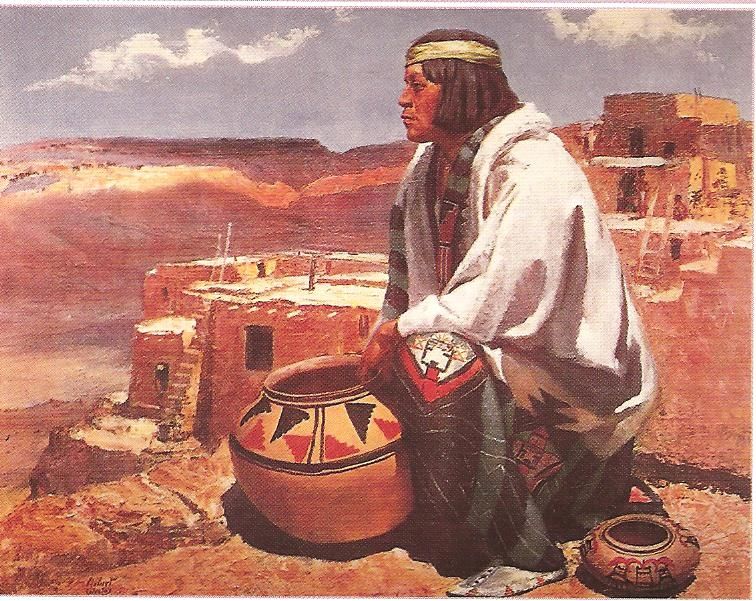
In addition to cooking, pottery was used for storage of food, water, and other household items. The pots helped preserve and transport necessities. Traditional Navajo pottery was often rounded and deep, ideal for holding and carrying contents securely (Source).
Clay vessels also played a role in Navajo ceremonies and rituals. Special pots would be made for use in sacred practices like the Blessingway. The unique shapes and designs reflected spiritual meanings.
Cultural Significance
Pottery played an important role in traditional Navajo culture and daily life. According to the Navajo Tribe exhibit from St. Kate University, pottery was used for cooking, storing water and food, and carrying burdens during travel and migration.
Navajo pottery also held deep symbolic and spiritual meaning. Common motifs like clouds, lightning, and rainbows represented Navajo beliefs about rain, fertility, and harmony with nature. Geometric patterns similarly connected to ideas of balance, protection, and wellbeing. As noted by Taos Trading Post, women artisans would even sing prayers into the clay as they shaped pots.
Making pottery was traditionally the domain of Navajo women. Young girls learned from their mothers and grandmothers, inheriting generations of knowledge and technique. According to Navajo People, completing a pot was seen as replicating the Navajo creation story, with the clay transformed into a vessel for life-sustaining water. Their creations provided both practical purpose and creative outlet.
Geographic Influences
The geography and landscape of the Four Corners region had a strong influence on Navajo pottery. The Navajo homeland is a high desert area with minimal natural clay resources compared to the Pueblo tribes of New Mexico. As the article from Eyes of the Pot notes, the shortage of high quality clay in Navajo territories limited pottery production for centuries.
Despite the lack of clay resources, the Navajo did obtain pots through trade with neighboring Pueblo tribes like the Hopi and Zuni. As detailed on the Taos Trading Post site, the Navajo commonly traded meat, hides, and other goods in exchange for the pots and ceramics produced by Pueblo tribes with better access to clay. This exchange allowed the Navajo to acquire pottery for cooking, storage, ceremonies and other uses without having extensive local clay resources.
Changes Over Time
Navajo pottery evolved greatly over the centuries, incorporating new styles and techniques. According to Navajo Tribe · Southwest Native American Pottery, the oldest known Navajo pottery dates back to the 16th century. These very early pieces featured basic shapes and geometric designs scratched into the surface. As the Navajo came into contact with the Pueblo peoples, they began to incorporate different shapes, carved decorations, and painted designs into their pottery. Pueblo influences can be seen in the black-on-white pots made by Navajo potters in the 18th and 19th centuries.
The Navajo were also influenced by the arrival of Anglo and Hispanic settlers in the Southwest. According to Native American Art Navajo Pottery History, Navajo potters began producing rounded water jars with handles to meet the utilitarian needs of these new settlers. Over time, other vessel forms like cups and plates were created. Designs also changed, incorporating motifs like flowers and horses which were introduced by settlers.
As resources changed over the centuries, Navajo potters adapted their materials and techniques. Early pottery was often made from clay gathered locally, but later potters began obtaining clay through trade. Firing methods evolved from pit firing to kiln firing as contact increased with other cultures. Glazes were adopted as well. Despite these changes, Navajo pottery has remained an evolving yet continuous tradition for centuries.
Revival
The creation of Navajo pottery declined significantly after European settlers began occupying Navajo lands in the mid-1800s. This was due to several factors, including the Long Walk of the Navajo people in 1864 when thousands were forced to march over 300 miles to a reservation at Bosque Redondo. Many traditional practices like pottery making were lost during this time.
It wasn’t until the late 1950s and early 1960s that there was a revival of Navajo pottery. This was encouraged by traders who were looking for unique Native American art pieces to sell to tourists. Two key figures in the revival of Navajo pottery were Nampeyo, who revived Hopi pottery, and her relative Annie Mae Monongye who carried on the traditions. Their pottery inspired a new generation of Navajo artists to reconnect with the tradition.
Painted clay pottery saw a resurgence as Navajo artists began creating original works incorporating traditional designs and methods. These pieces started being seen as an art form rather than just utilitarian objects. Traders promoted these artists and their pottery which helped spark a renaissance.
“Revival of Navajo pottery had its beginnings in the 1950s with encouragement from traders who were looking for a curio item to sell to tourists. It has now evolved from craft to art.” (source)
Modern Navajo Pottery
Although traditional Navajo pottery making nearly died out in the early 20th century, there has been a revival of the art form over the past few decades. Contemporary Navajo potters are creating pieces that combine traditional and modern aesthetics.1
Modern Navajo pottery incorporates contemporary styles, purposes and glazes. Potters may use modern tools and equipment as well, while still hand-forming pieces through the traditional coil method. New contemporary shapes include sculptural forms, animal figures, wall hangings and more.2
Whereas historically Navajo pottery was solely utilitarian, today’s pottery is made more for artistic expression and collecting. The revival of Navajo pottery demonstrates the continuing importance of this art form for Navajo culture today.
Significance Today
Navajo pottery continues to play an important role in Navajo culture today. Many Navajo artists keep the tradition alive by creating traditional pots, updating designs, and passing skills down to younger generations. Navajo pottery is a source of cultural pride and an expression of identity.
Navajo pottery also has economic significance through tourism and art sales. According to www.navajopeople.org, “Navajo pottery is collected worldwide and copied by non-Native artists. Authentic Navajo pottery can sell for thousands of dollars.” Many tourists seek out authentic Navajo arts and crafts as souvenirs. The market for Navajo pottery provides income to Navajo artists and their families, making it an important part of the Navajo economy.
Conclusion
In summary, Navajo pottery has a long history and deep cultural significance among the Navajo people. While less refined than some other Southwest tribes, Navajo pottery played an essential role in everyday life and ceremonies. The geography of the Navajo homeland, with its abundant clay sources, facilitated the development of pottery. Through designs and symbols, Navajo pottery expressed cultural meaning. Although disrupted for a period of time, Navajo pottery making has persisted into modern times and remains an important tradition.
Pottery holds an invaluable place in Navajo arts and culture. Vessels for cooking, storing food and water, and ceremonial uses were integral to survival and spiritual practices. The continuity of pottery making connects today’s Navajo with their ancestors. Beautiful works of artistry, Navajo pots also pass on cultural knowledge. Despite outside influences, pottery remains a cornerstone of Navajo heritage.

